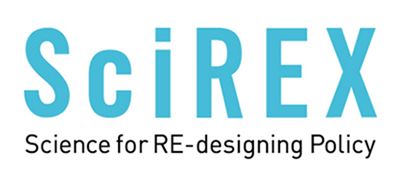I witnessed numerous instances wherein the EHS (Environmental, Health and Safety management) or ELSIs (Ethical, Legal and Social Implications) issues had become a hindrance to the commercialization of new materials, technologies, or products, under the banner of science and technology innovation, when I was working at AIST (National Institute of Advanced Industrial Science and Technology). I served at the institute for about 15 years before moving to the University of Tokyo. Nowadays, it is rather difficult to be accepted by the society or the economic market, and even business partners for that matter, unless one succeeds in demonstrating the safety of one’s products. This is in stark contrast to the situation about a century ago, when the norm was to respond only in the aftermath of an accident. Sometimes, the concerned parties had no choice but to halt the progress of the research and development of their new products, when they failed to convince the management or the quality assurance department of their safety. An uncertain legal status can prove to be a source of unwarranted business risks, just as how every emerging or recently conceived technology is accompanied by consequent risks. The addressal of such liabilities is one of the key aspects of science and technology innovation. In order to tackle this problem, it is essential to predict the impact of EHS and ELSI issues, to establish the procedure to prove the viability of the required safety utilizing risk assessment methodology, and to identify and address the regulatory gaps as early as possible. The existing methodology, in its singularity, has been deemed unviable to handle these complex activities. Therefore, an interdisciplinary approach is needed. However, there has been a lack of such systematic approach in Japan. Almost all of the existing safety countermeasures and regulations have been introduced in a rather hurried manner, as a hasty reaction to an adverse event, which might have occurred. In such cases, the responses tend to be excessive or unnecessary, which could slow down or even put an end to the development of new technologies. Science and technology innovation should not be restricted to their respective fields and should be considered within a larger context.



